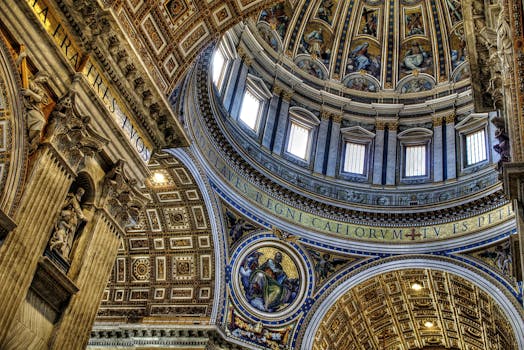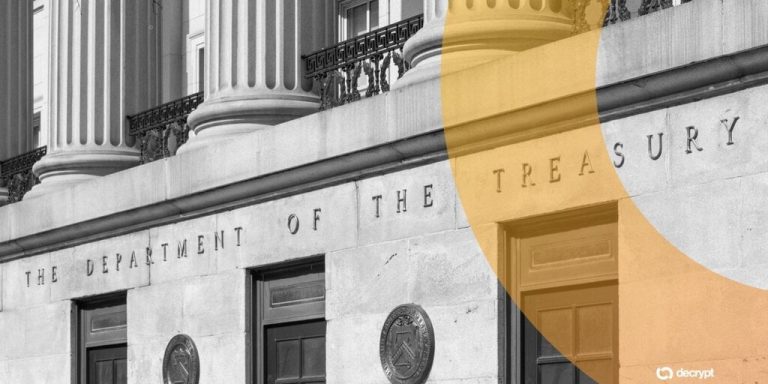
Traveling Through Time: How Europe’s Historical Heritage Shapes Modern Lifestyles in 2025
Traveling Through Time: How Europe’s Historical Heritage Shapes Modern Lifestyles in 2025. Europe, with its vast and diverse historical heritage, has always been a fascinating continent to explore. From the ancient ruins of Greece and Rome to the medieval castles of Britain and France, Europe’s rich history has shaped the modern lifestyles of its inhabitants in countless ways. In this article, we will delve into the ways in which Europe’s historical heritage continues to influence modern lifestyles in 2025, from architecture to art and culture.
Architectural Legacy
One of the most visible ways in which Europe’s historical heritage shapes modern lifestyles is through its architectural legacy. Many of Europe’s cities are filled with historic buildings, from grand cathedrals to humble village cottages, that have been beautifully preserved and restored. These buildings not only provide a glimpse into the past but also continue to serve as functional spaces for modern inhabitants. For example, many historic buildings have been converted into museums, restaurants, and shops, allowing visitors to experience the past while still enjoying modern amenities.
Artistic and Cultural Influences
Europe’s historical heritage has also had a profound impact on its artistic and cultural landscape. From the Renaissance to the Impressionist movement, European art has been shaped by the continent’s rich history and cultural diversity. In 2025, this legacy continues to inspire modern artists, musicians, and writers, who draw upon the past to create innovative and thought-provoking works. Additionally, Europe’s many festivals and cultural events, such as the Venice Carnival and the Tomatina festival, continue to celebrate the continent’s rich cultural heritage, attracting visitors from around the world.
Modern Applications of Historical Practices
Europe’s historical heritage has also influenced modern lifestyles through the preservation and adaptation of traditional practices. For example, many European cities have adopted sustainable and environmentally friendly practices, such as recycling and renewable energy, that have their roots in historical practices. Additionally, the slow food movement, which emphasizes locally sourced and traditional ingredients, has become increasingly popular in Europe, allowing residents to connect with their historical heritage while also promoting healthy and sustainable eating habits.
Conclusion
In conclusion, Europe’s historical heritage continues to shape modern lifestyles in 2025 in countless ways, from architecture to art and culture. By preserving and adapting traditional practices, Europe’s inhabitants are able to connect with their past while also embracing the challenges and opportunities of the present. Whether through the preservation of historic buildings, the celebration of cultural festivals, or the adoption of sustainable practices, Europe’s historical heritage remains a vital and dynamic force in modern life.






